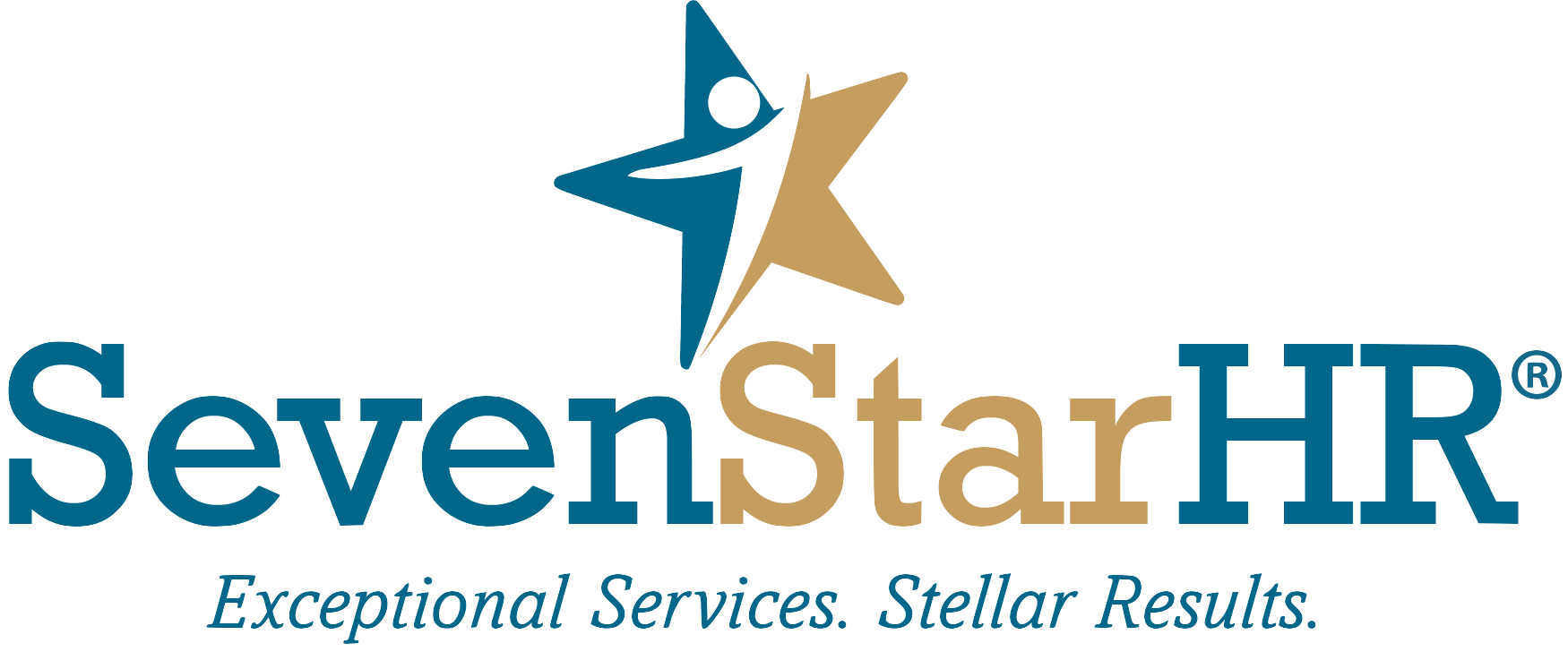Turning HR from a Cost Center to a Profit Center
For years, HR has been labeled a “cost center”—a necessary function that consumes budget but doesn’t directly contribute to revenue. But that outdated mindset is changing. Smart businesses are realizing that HR, when aligned with strategic goals, can be a powerful profit driver.
It’s time to challenge the myth that HR is just overhead. When done right, HR can boost productivity, strengthen culture, improve service, and directly impact your bottom line. Here’s how to make the shift.
The Problem: HR Is Often Misunderstood
Many organizations still see HR as primarily administrative—focused on paperwork, compliance, and policies. While these are important, they don’t tell the full story.
When HR is siloed or underutilized, its impact is limited. But when HR is integrated into business strategy, it plays a central role in driving growth, retention, and performance.
The Strategy: Align HR with Business Goals
1. Connect HR Metrics to Business KPIs
Start by tying HR goals to core business objectives. That means tracking more than just headcount—you should measure things like:
Time to productivity for new hires
Turnover rates by department or role
Engagement scores and their link to performance
Cost of unfilled roles or poor hires
When HR leaders speak the language of business—efficiency, revenue, growth—they earn a seat at the table.
2. Focus on Talent Development
Investing in employee growth isn’t just good for morale—it’s good for business. A strong learning and development strategy increases retention, improves performance, and prepares future leaders from within.
Companies that promote from within and offer career growth opportunities spend less on recruiting, ramp-up time, and external hiring costs.
3. Reduce Turnover Costs
Turnover is expensive. Replacing a single employee can cost 30% or more of their annual salary. Multiply that across a team, and you’re looking at a six-figure problem for most companies.
HR can become a profit protector by reducing voluntary turnover through better hiring, onboarding, culture, and engagement strategies. Every employee you retain is money saved—and value preserved.
The Benefits: HR as a Business Driver
✅ Increased Productivity
Employees who are well-trained, engaged, and supported are more productive, focused, and loyal.
✅ Stronger Company Culture
A healthy workplace culture—driven by HR—boosts morale, collaboration, and innovation.
✅ Improved Customer Experience
Happy employees lead to better service. When frontline staff are engaged and aligned with company values, customers notice the difference.
Practical Tip: Track Turnover Costs
If you want to demonstrate HR’s value, start tracking turnover. Calculate what each departure costs your company in lost productivity, recruiting, and training. Then compare that with the impact of your retention and development efforts.
The numbers will speak for themselves—and make a powerful case for investing in people.
HR is more than just a support function. It’s a strategic lever that can drive business performance when aligned with the right goals. Companies with strong HR practices are 2.5x more likely to outperform their peers—because they understand that people are their most powerful asset.

